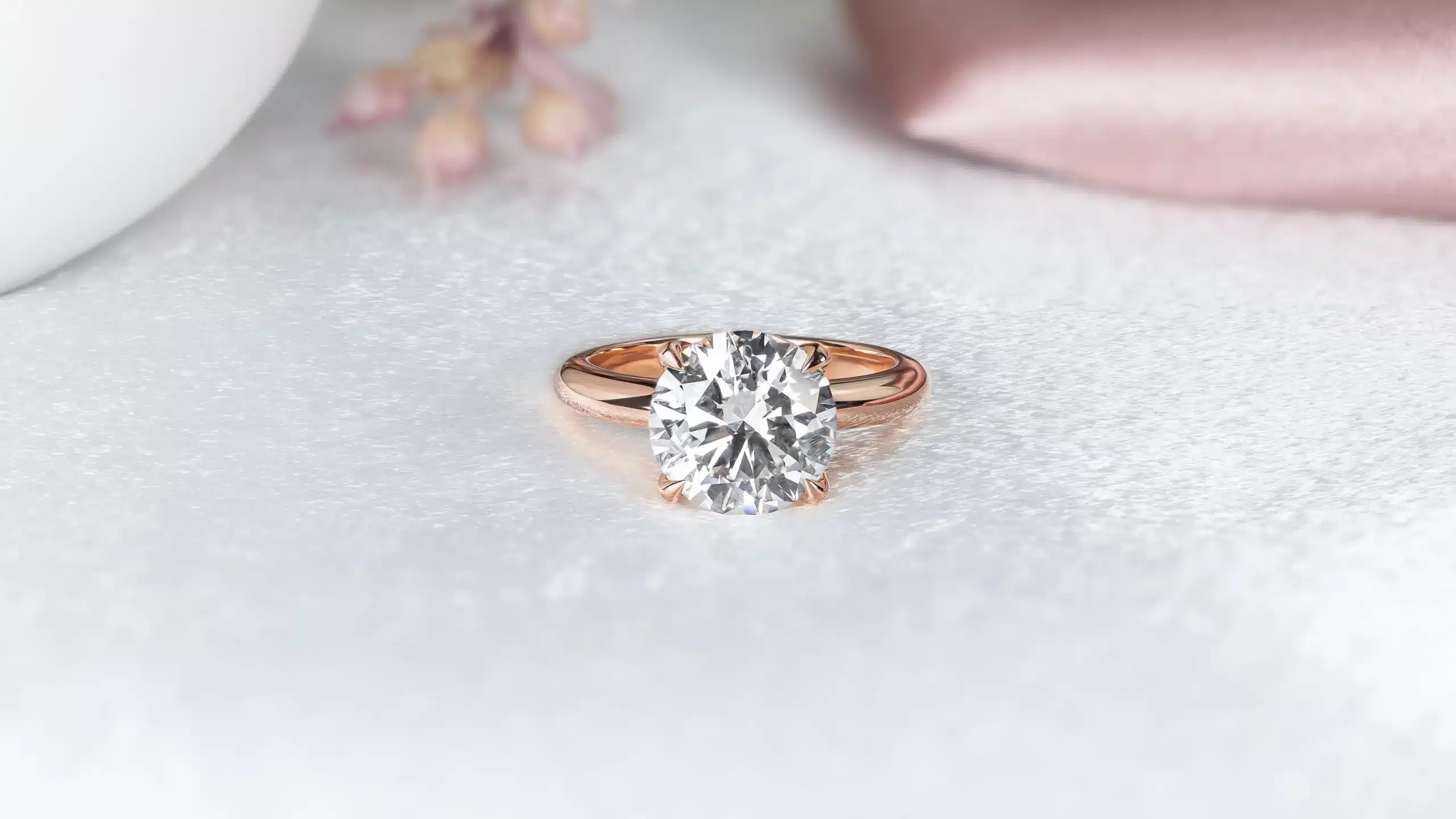
HPHT vs. CVD Diamonds: A Comprehensive Guide
Introduction
When it comes to diamonds, the terms HPHT and CVD might sound like jargon to many. But, understanding these concepts can significantly impact your choices, whether you’re buying a sparkling gem for a special occasion or looking to invest in industrial diamonds. This guide breaks down everything you need to know about HPHT oder Cvd diamant and CVD diamonds, comparing their origins, properties, applications, and more.
What Are HPHT Diamonds?
HPHT, or High Pressure High Temperature, diamonds are created using conditions that mimic those found deep within the Earth’s mantle. This method involves replicating the extreme pressure and temperature necessary to form natural diamonds. But what does that really mean?
What Are CVD Diamonds?
CVD, or Chemical Vapor Deposition, diamonds are synthesized using a completely different approach. Instead of mimicking the Earth’s mantle, CVD diamonds are made in a laboratory by depositing carbon atoms from a gas onto a substrate, creating diamond crystals over time. This method offers a more controlled environment for diamond growth.
HPHT Diamonds: The Basics
History of HPHT Diamonds
HPHT diamonds have been around since the 1950s, and their development marked a significant milestone in synthetic diamond technology. Initially created for industrial purposes, HPHT diamonds have since found their place in the jewelry market.
How HPHT Diamonds Are Made
The High Pressure, High Temperature Process
HPHT diamonds are produced using a press that generates pressures of over 1.5 million pounds per square inch and temperatures of around 1,500°C. This intense environment forces carbon to crystallize into diamond form, just like it does naturally in the Earth’s crust.
Chemical Composition and Quality
HPHT diamonds are chemically identical to natural diamonds. However, they can exhibit unique internal characteristics or inclusions that differ from natural diamonds, sometimes providing clues to their synthetic origin.
CVD Diamonds: The Basics
History of CVD Diamonds
CVD technology was developed in the 1980s and initially aimed at producing thin films for electronics. Over time, it became a viable method for growing diamonds, offering a new avenue for diamond production with fewer environmental impacts.
How CVD Diamonds Are Made
The Chemical Vapor Deposition Process
In CVD, diamonds are grown in a vacuum chamber where a carbon-rich gas is introduced. This gas is ionized into plasma, causing carbon atoms to deposit onto a substrate and form diamond crystals. This process is much more controlled compared to HPHT, allowing for the production of very pure diamonds.
Growth Environment and Quality
CVD diamonds often have fewer inclusions and can be produced in a variety of colors, including fancy colors, thanks to the precise control over the growth environment.
Comparing HPHT and CVD Diamonds
Visual Differences
Both HPHT and CVD diamonds can be visually stunning, but they often have distinct internal characteristics. HPHT diamonds might show specific inclusions or color zoning, while CVD diamonds might display different types of inclusions and can be grown in various colors.
Physical and Chemical Properties
While both types of diamonds share the same basic physical and chemical properties, including hardness and brilliance, their formation processes can influence their color and clarity. HPHT diamonds might have slight metallic inclusions, while CVD diamonds might exhibit distinctive growth patterns.
Durability and Longevity
Both HPHT and CVD diamonds are as durable as natural diamonds. They rank 10 on the Mohs scale of hardness, making them ideal for various uses, from jewelry to industrial applications.
Applications and Uses
Jewelry
Both HPHT and CVD diamonds are increasingly popular in the jewelry market. HPHT diamonds are often chosen for their similarity to natural diamonds, while CVD diamonds are praised for their purity and customization options.
Industrial Applications
In industrial settings, HPHT diamonds are widely used for cutting, grinding, and drilling due to their hardness. CVD diamonds are also finding applications in high-precision cutting tools and electronics.
Cost Comparison
Pricing Factors for HPHT Diamonds
HPHT diamonds tend to be priced lower than natural diamonds but can be higher than CVD diamonds, depending on the quality and size. The cost is influenced by the energy and materials used in the HPHT process.
Pricing Factors for CVD Diamonds
CVD diamonds generally offer a more cost-effective option due to the lower production costs and the ability to grow larger diamonds with fewer inclusions. However, prices can vary based on the diamond’s size, color, and quality.
Environmental Impact
Sustainability of HPHT Diamonds
HPHT diamonds are created using high energy and materials, but they are still more environmentally friendly than traditional diamond mining. They avoid the extensive land disruption and ecological damage associated with mining.
Sustainability of CVD Diamonds
CVD diamonds are often seen as a more sustainable option due to their low environmental impact. The controlled lab environment reduces the need for large-scale mining operations and the associated environmental damage.
Consumer Considerations
Choosing Between HPHT and CVD Diamonds
When deciding between HPHT and CVD diamonds, consider your priorities. HPHT diamonds offer a closer match to natural diamonds in terms of characteristics, while CVD diamonds provide a more customizable and often more affordable option.
Certification and Quality Assurance
Both HPHT and CVD diamonds should come with certification to ensure their quality and authenticity. Look for reputable gemological laboratories that provide detailed grading reports to make an informed decision.
Conclusion
Whether you’re in the market for a dazzling piece of jewelry or seeking diamonds for industrial applications, understanding the differences between HPHT and CVD diamonds can help you make the best choice. Both types of synthetic diamonds offer unique advantages and are produced through innovative technologies that push the boundaries of what’s possible. By considering factors like cost, environmental impact, and personal preferences, you can select the diamond that perfectly suits your needs and values.
